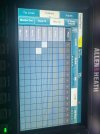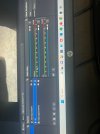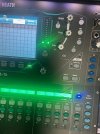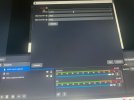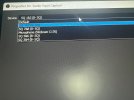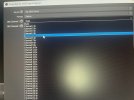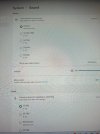zioncamrose
New Member
Hi,
I'm new to OBS. We have Allen & Heat SQ5 mixer and running OBS version 29. I connected the SQ5 mixer via USB cable. I'm able to see the Device when I add Audio Input capture. However, it doesn't pick the audio from microphone connected to the mixer.
I've also tried installing the obs-asio driver 3.1.1, I see the ASIO Input capture appearing. When I tried to add as a source, no device is listed in the Devices drop down box. I don't know what else to do
Will appreciate any help to get this resolved.
Thanks
Zion
I'm new to OBS. We have Allen & Heat SQ5 mixer and running OBS version 29. I connected the SQ5 mixer via USB cable. I'm able to see the Device when I add Audio Input capture. However, it doesn't pick the audio from microphone connected to the mixer.
I've also tried installing the obs-asio driver 3.1.1, I see the ASIO Input capture appearing. When I tried to add as a source, no device is listed in the Devices drop down box. I don't know what else to do
Will appreciate any help to get this resolved.
Thanks
Zion
